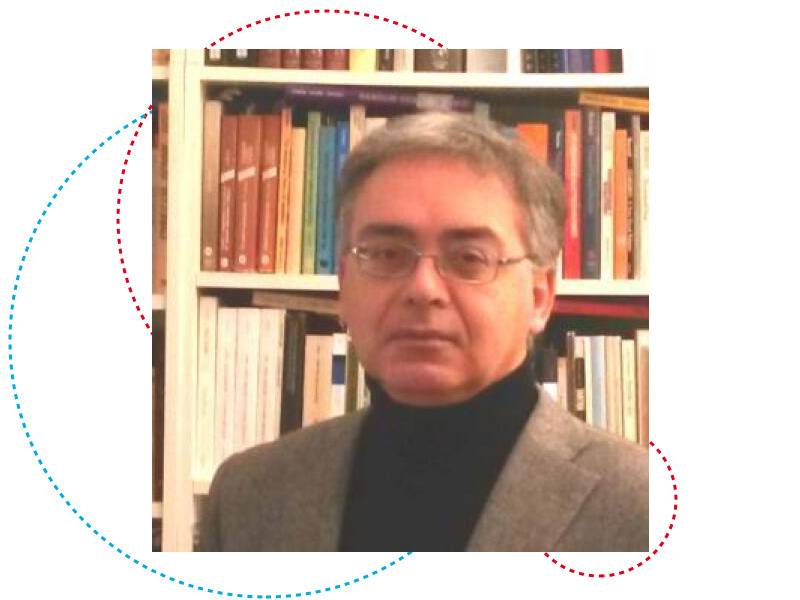About the topic
In this seminar, I will discuss the motivations for the investigation about the possibility of activating long-range, resonant, electrodynamic interactions between biomolecules. Then I will talk about the theoretical prediction of a phonon condensation phenomenon in bio-macromolecules, and of its experimental verification in out-of-thermal equilibrium conditions. I will explain why this is a necessary condition for the activation of the mentioned intermolecular electrodynamic interactions.
About the speaker
Marco Pettini is Full Professor of Theoretical Physics at the Physics Department of Aix-Marseille University and leader of the Nonlinear Dynamics group at the Center for Theoretical Physics (CPT) of the CNRS at Luminy, Marseille. He received the Laurea in Physics with full marks and honours in 1978 from the University of Firenze, Italy, and the Habilitation à Diriger des Recherches (HDR) from the former University of Aix-Marseille II. He has published about 100 papers in international refereed journals (H index = 32 without self citations) and one book [M.Pettini, Geometry and Topology in Hamiltonian Dynamics and Statistical Mechanics, IAM Series n.33, Springer, NY (2007), pp.456]. Among other original contributions in nonlinear dynamics and its applications (an open-loop theory of control of chaos in dissipative and Hamiltonian systems; the definition of a nonconventional model to explain anomalous transport in magnetized thermonuclear fusion plasmas; the discovery of a transition between weak and strong chaos in large Hamiltonian systems), he has formulated a new and succesful theory explaining the origin of Hamiltonian chaos by resorting to Riemannian differential geometry and a new theory of phase transitions resorting to differential topology which allows to describe transitional phenomena in finite small N systems (e.g. mesoscopic and nano systems) as well as in polymers and proteins, in amorphous and disordered materials. He has been working in: Atomic Physics (also experimental), Statistical Mechanics and Nonlinear Dynamics, Nonlinear Systems Theory, Mathematical Physics, Biophysics.
